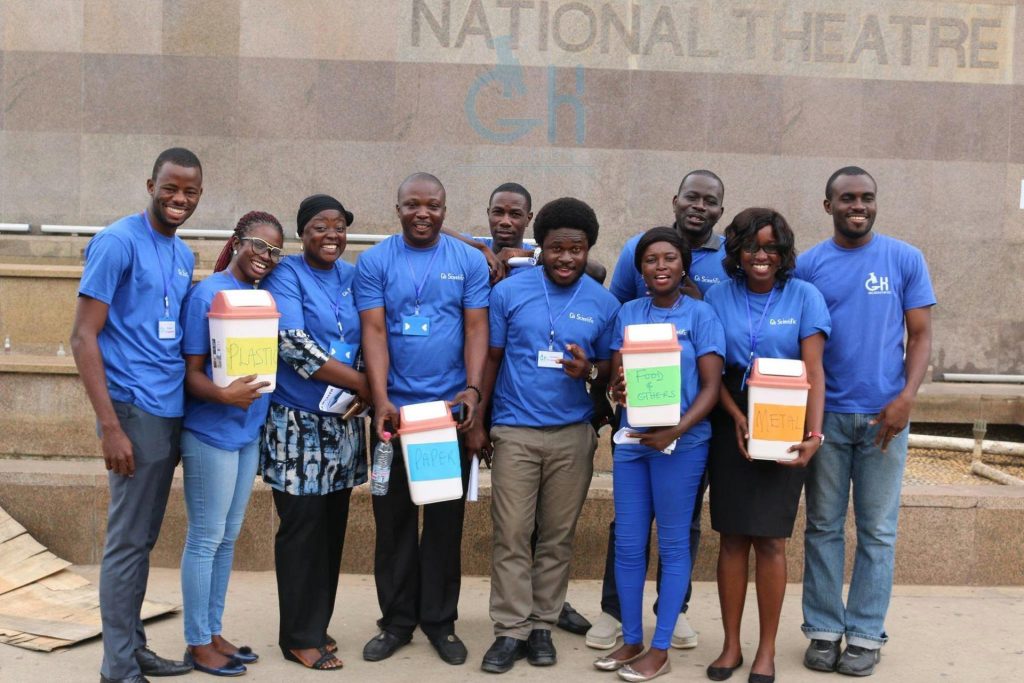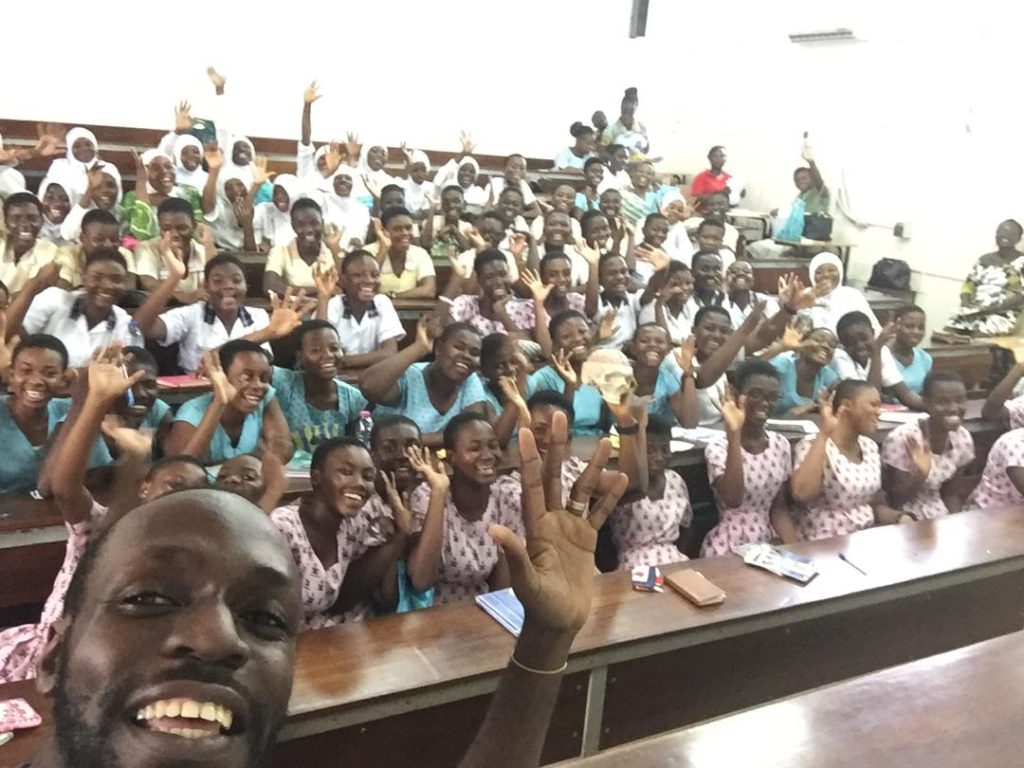Over the past 10 years I have picked up lessons in science communication while actively involved, and I have learnt that anyone can be wowed by science. I have seen a policeman be fascinated by the sight of the electrical activity that caused his muscles to contract and a young boy react in astonishment as I made a pen top sink or float in a bottle of water like magic. I have seen a lawyer be fascinated by gene editing techniques and a chemist who couldn’t get enough of sudoku.
Anyone can be wowed by science. With that in mind, here are 5 other things I have learnt.
There is no substitute for experience
Good things happen when the science community engages with the public. This goes beyond the benefit of writing and doing interviews, but creating spaces where people who aren’t responsible for increasing the global knowledge pool (non-scientists) can engage with people who have that responsibility (scientists).
These personal experiences are my real lessons in science communication. From the rapport or the science demonstrations touch at both the mind and the heart of people. Indeed, if we are really seeking to educate, inform and raise public awareness about scientific matters of importance, then there is no substitute for creating personal experiences.
People are willing to donate and support
Your colleague asks you to lend them some money, but you say you are cash strapped. Yet in that same week your Netflix and Spotify and Gym subscriptions are deducted, you take your spouse out for a nice dinner and even treat yourself when you go shopping.
People spend money on what is important to them. More and more I am finding that science communication is increasing in importance. Whether from the number of open calls that are published or the individuals that have reached out to us personally to support the work we do at G.H.Scientific. More and more people are willing to donate their time or substance to support science communication efforts. Creating the right avenues for them to do so and showing accountability is therefore essential. This is one of the reasons that we published the G.H.Scientific 5 year Impact report online. Soon we will be hosting lessons in science communication and I believe people will also be supportive of this.
Scientists will do scicomm if its made easy for them
Many scientists love what they do. They give lectures on a subject matter hour after hour after hour every semester and come back to repeat it all over again the following year. They think about science in their quiet moments and contemplate really interesting questions. Then they slave away for hours trying to convince people with money to give them some of it so they can answer the questions they contemplated which only leads to more questions.

Yes, this is a painful description. However, the opportunity to share their life and work with a ready audience outside of academia is welcomed by such a person. Many scientists I have engaged with have little interest in the logistics and organisation of public engagement activities. Many aren’t even interested in taking lessons in science commuictaion, but they will turn up when they are needed, deliver like a boss and disappear into the mist right after.
Build relationships
No man is an island. That is true in all facets of life including science communication. Some of my most pleasant experiences when delivering science communication projects have involved persons and institutions we have built relationships with. It makes the working experience so much more pleasurable. Beyond this, building relationships allows for collaboration, honest feedback and the creation of more value for everyone involved.
For Girls Only?
Female empowerment on steroids, there’s alot being done for girls in STEM especially when it comes to funding. Recent happenings have got me wondering whether the excessive focus on girls and the need for female centered programs is really the best.

Many of the teenage girls I have met during our activities aren’t concerned whether they engage with STEM in the presence or absence of boys. This concern was shared by fellow academics at a recent science communication workshop I facilitated. After much discussion, we concluded that a better approach might be for us to be intentional about encouraging female participation under all conditions rather than creating special spaces for them. After all, we live in a mixed gender world and Thamyscara is still a fictional island.
If you are involved in science communication or looking to get into the space, I would love to hear your thoughts. Leave a comment or send an email to admin@ghscientific.com
